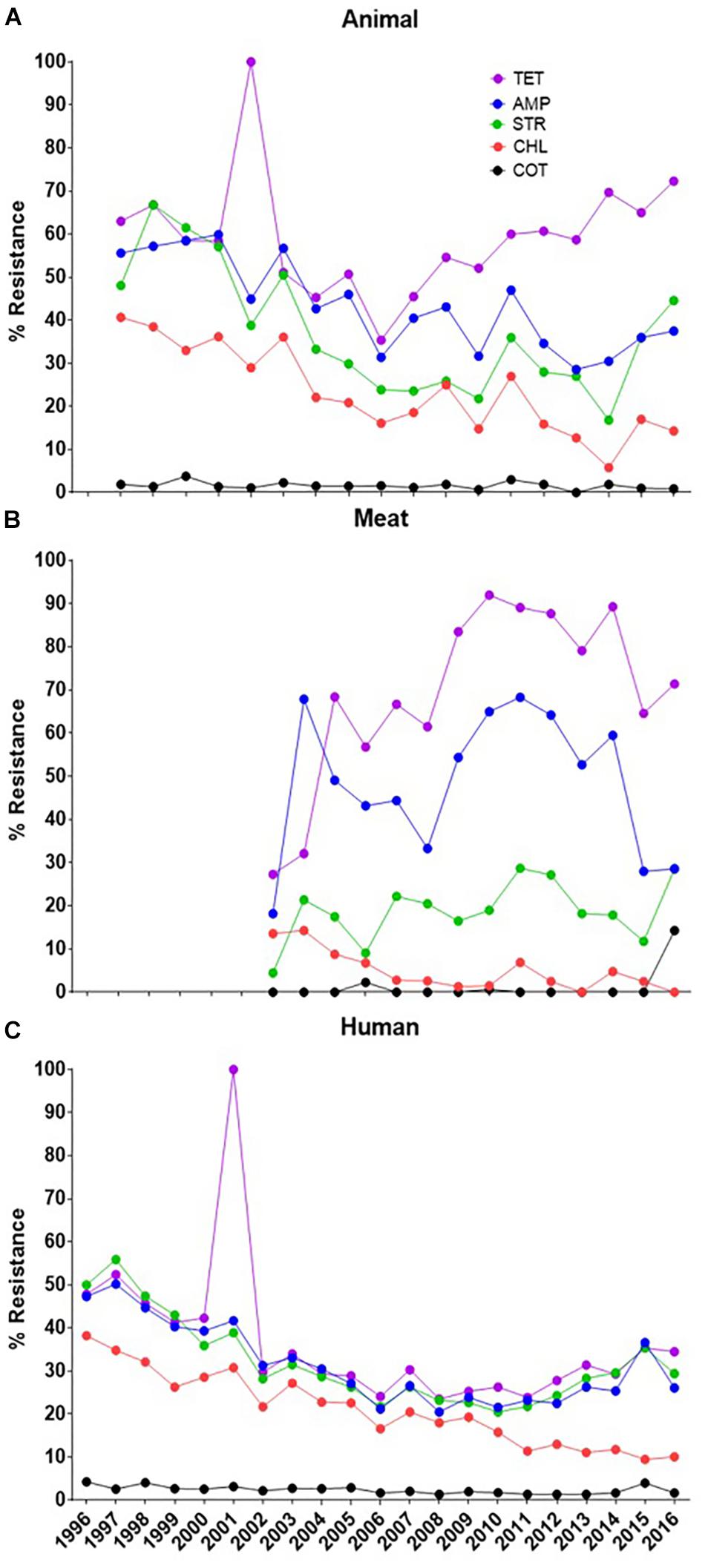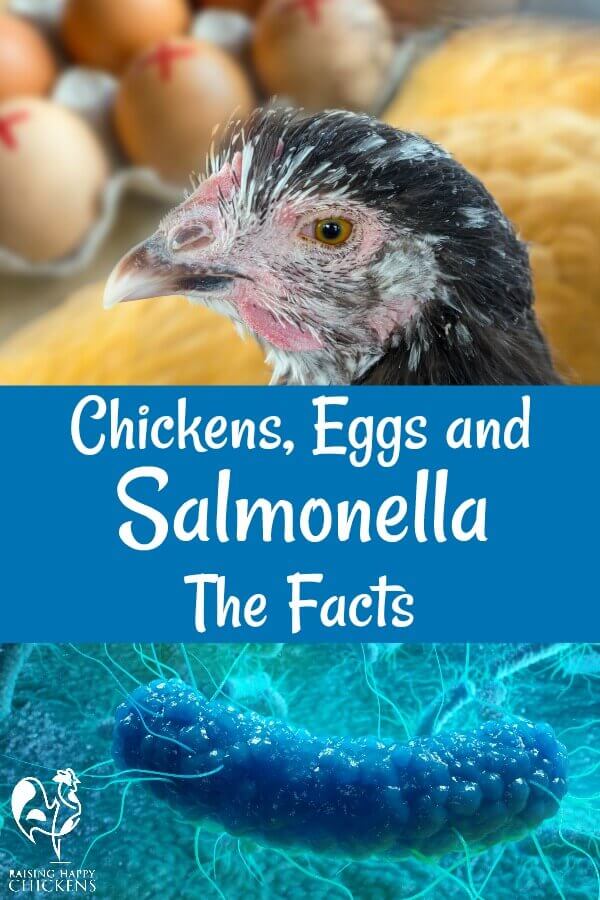Salmonella Treatment Nz - Salmonella Outbreak Linked To Melbourne S Langham Hotel Melbourne The Guardian / Oral rehydration solutions (available from pharmacies) are useful because they also replace vital salts.
Salmonella Treatment Nz - Salmonella Outbreak Linked To Melbourne S Langham Hotel Melbourne The Guardian / Oral rehydration solutions (available from pharmacies) are useful because they also replace vital salts.. There are separate chapters for typhoid and paratyphoid fevers. Basically, the following antibiotics are prescribed: Early treatment is essential for septicemic salmonellosis, but there is controversy regarding the use of antimicrobial agents for intestinal salmonellosis. This is because the flu and food poisoning cause a person to experience similar symptoms. For further information call regional public health on (04) 570 9002 or visit www.rph.org.nz is treatment required?
Most people recover without specific treatment. Infection usually causes relatively mild symptoms but complications, including lack of fluid in the body (dehydration), can occur in some cases. People with salmonellosis usually get better without treatment, however medication may be prescribed to relieve symptoms. The majority of salmonellosis is caused by the consumption of Try to drink small amounts of water often.

Sharemilkers matt and jennifer davison share their experience of a salmonella brandenburg outbreak on their canterbury dairy farm and msd technical vets amanda kilby, sean daly and david dymock talk about how common outbreaks of salmonella are, what the options are for damage control and how to prevent it in the first place.
Treatment of clinical cases involves Infection usually causes relatively mild symptoms but complications, including lack of fluid in the body (dehydration), can occur in some cases. The usual treatment is to drink plenty of fluids to avoid dehydration. This is a 2ml dose given under the skin in the neck. The highest rate of disease is reported in young children. +64 4 914 0770 email: Changes to normal diet, in particular food from different sources, alternative water sources, consumption of unsafe foods such as raw or undercooked meat, unpasteurised milk (e. Antibiotic treatment may be associated with prolonged carriage. Try to drink small amounts of water often. In addition, your doctor may recommend: Coli o157, salmonella sp., campylobacter sp., giardia sp., listeria monocytogenes) and raw seafood (vibrio sp.) If you have questions about salmonella infection, email info@mpi.govt.nz Drink plenty of fluids in order to stay hydrated if you have diarrhea.
The performance of the treatment unit should meet the standard as/nzs4348:1995. The predominant species of salmonella isolated from cattle in new zealand is salmonella typhimurium. Common routes of infection in new zealand for salmonellosis are via food, water, animal contact and exposure to the farm environment, and outbreaks are common. If you have to drink untreated water that is taken from a roof, river or lake (eg, in a rural area), it should be boiled for 1 minute or put through an appropriate treatment unit. Proper cooking normally kills the bacteria.

Because salmonella infection can be dehydrating, treatment focuses on replacing fluids and electrolytes.
Food safety when you're sick. Separation of the sick cattle from the healthy members of the herd is critical. Delayed treatment (~48 hours) will result in severe. Try to drink small amounts of water often. Common routes of infection in new zealand for salmonellosis are via food, water, animal contact and exposure to the farm environment, and outbreaks are common. So, salmonella can contaminate meat (including poultry), eggs, milk and other dairy products that we may eat. Since salmonella infections can cause vomiting and diarrhea, it's important to stay hydrated as best you can. Two vaccinations, sensitiser and booster, are required 4 weeks apart with an annual booster. Because salmonella infection can be dehydrating, treatment focuses on replacing fluids and electrolytes. The majority of salmonellosis is caused by the consumption of Still, taege recommends that you call your doctor to. Severe cases may require hospitalization and fluids delivered directly into a vein (intravenous). Drink plenty of fluids in order to stay hydrated if you have diarrhea.
Speed of treatment is critical to survival of the individual calf and to stop the spread of the disease through the shed. This is because the flu and food poisoning cause a person to experience similar symptoms. So, salmonella can contaminate meat (including poultry), eggs, milk and other dairy products that we may eat. Common routes of infection in new zealand for salmonellosis are via food, water, animal contact and exposure to the farm environment, and outbreaks are common. Early treatment is essential for septicemic salmonellosis, but there is controversy regarding the use of antimicrobial agents for intestinal salmonellosis.

Paratyphoid fever is an infection caused by salmonella enterica serovar paratyphi, and can present similarly to enteric fever.
This is because the flu and food poisoning cause a person to experience similar symptoms. Younger calves are much more vulnerable than those older than 12 weeks. Prevention by vaccination is by far the most cost effective way to avoid an outbreak of salmonellosis; Once sheep are vaccinated, the outbreak stops within a few days. If you have questions about salmonella infection, email info@mpi.govt.nz Try to drink small amounts of water often. Drink plenty of fluids in order to stay hydrated if you have diarrhea. Delayed treatment (~48 hours) will result in severe. Salmonella typhimurium and salmonella bovismorbificans are the most common in new zealand. Salmonella food safety research and risk management. Oral antibiotics may be ineffective and may deleteriously alter the intestinal microflora, thereby interfering with competitive antagonism and prolonging shedding of the organism. If you have to drink untreated water that is taken from a roof, river or lake (eg, in a rural area), it should be boiled for 1 minute or put through an appropriate treatment unit. The performance of the treatment unit should meet the standard as/nzs4348:1995.
Komentar
Posting Komentar